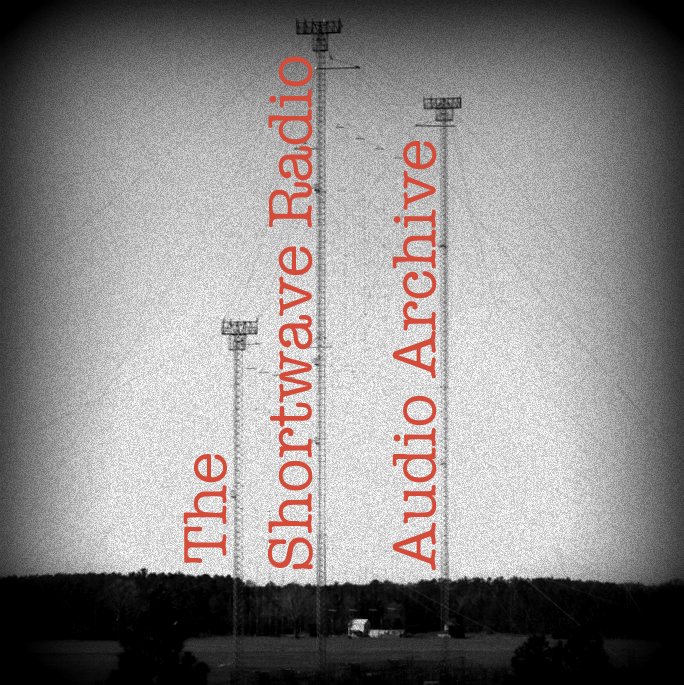SRAA contributor, Richard Langley, notes:
Live recording of the BBC World Service program "Click" on 23 June 2015 beginning at 19:30 UTC on a frequency of 15400 kHz. The broadcast is from the BBC's Ascension Island transmitter site (125 kW transmitter power, antenna beam 27 degrees). The recording begins with the program "teaser" followed by a short bulletin of news. The program itself begins at 2m:30s. Topics discussed include the technology behind the European spacecraft Sentinel-2A; the book "Digital Gold: The Untold Story of Bitcoin; Banqer, an online educational app for teaching financial literacy; and transforming line drawings instantly into 3D models.
The broadcast was received on a Tecsun PL-880 receiver with a Tecsun AN-03L 7-metre wire antenna in Fredericton, New Brunswick, Canada, in AM mode with 5 kHz RF filtering. The slightly noisy reception might have been due, in part, to disturbed ionospheric conditions in the wake of a geomagnetic storm along with being outside the target area (west and central Africa) of the transmission.
Many thanks for this recording, Richard! Please listen via the embedded player below and/or download the MP3 file with the link provided.
























